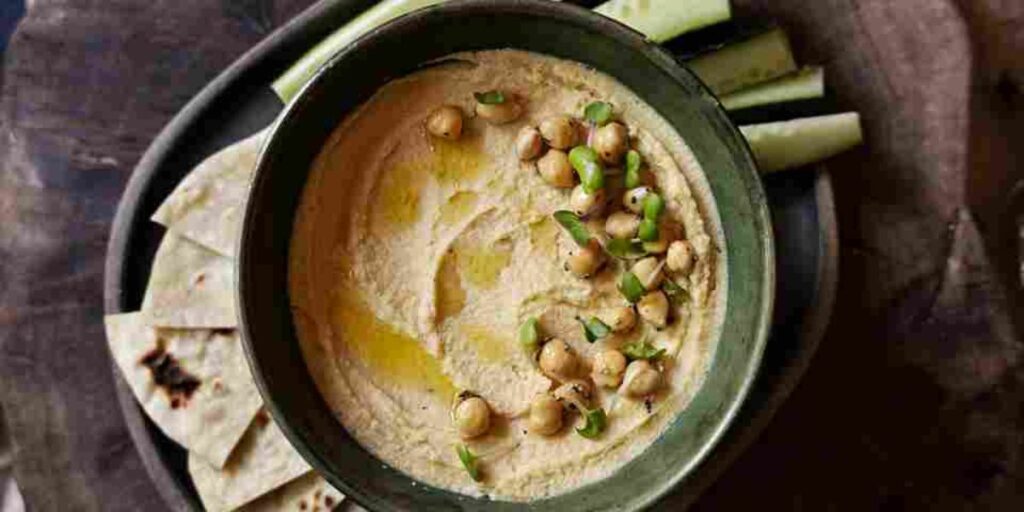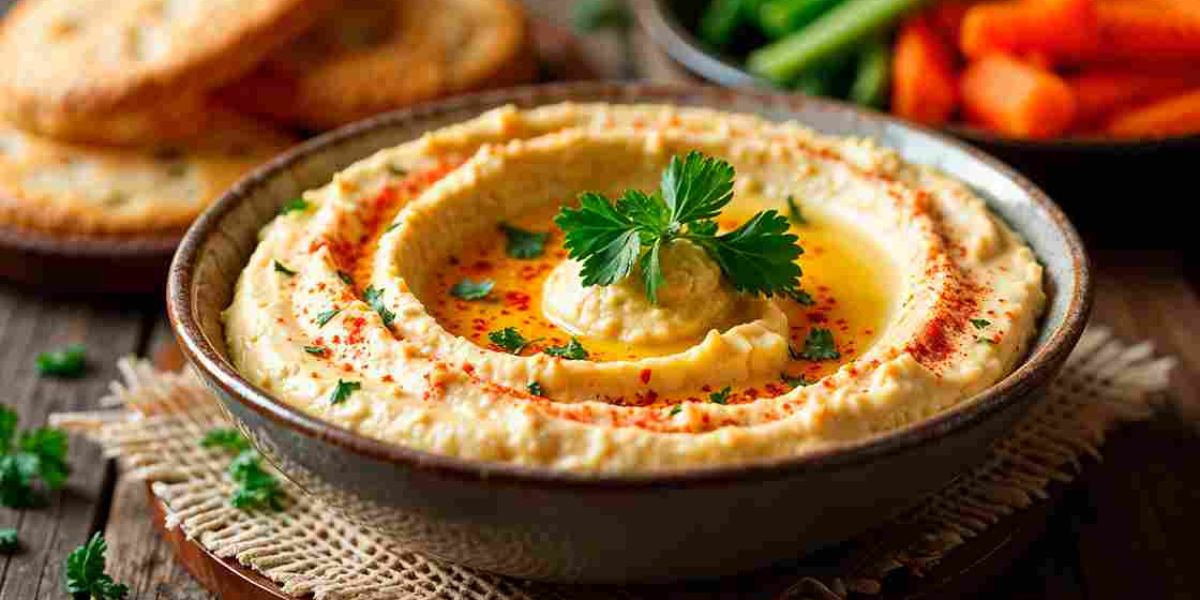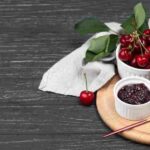Hummus is more than just a dip—it’s a beloved classic that brings bold flavor, creamy texture, and wholesome nutrition to any table. Originating from the Middle East, this plant-based dip has taken over kitchens across the globe, especially in the USA. Whether you’re spreading it on a sandwich, pairing it with fresh vegetable dippers, or scooping it up with warm pita bread, hummus fits just about any meal or snack. With just a few basic ingredients like chickpeas, tahini, and olive oil, you can create a rich, satisfying spread that’s both simple and deeply flavorful. Get ready to master the best hummus recipe in your own kitchen.
Why Hummus Is So Popular Worldwide
Hummus has roots in Middle Eastern cuisine, where it has been enjoyed for centuries. Over time, it has spread globally and become a favorite in homes and restaurants. Americans love it not just for the taste, but also for the health benefits. It’s a great source of plant protein and is perfect as a vegan-friendly recipe.
Another reason why it’s so loved is how versatile it is. You can serve it as a protein-packed snack, spread it on bread, or use it in bowls. It’s also one of the most nutritious spreads, making it perfect for people who want to eat better. The USA food trends continue to highlight this dip as a staple.
Essential Ingredients for Homemade Hummus
To make the best hummus recipe, you need quality ingredients. The main one is chickpeas. Many wonder about dried chickpeas vs canned chickpeas. Dried ones offer more flavor, but canned are faster and easier. Both work well depending on your time.
Other key ingredients are tahini, a sesame paste that gives a rich flavor, and olive oil for smoothness. Then you need garlic and lemon juice to bring that fresh and zesty bite. Add a pinch of cumin for warmth. When combined, these create the perfect base for a creamy and rich dip.
| Ingredient | Purpose |
| Chickpeas | Base of the recipe |
| Tahini | Adds nutty, creamy texture |
| Olive oil | Smoothness and flavor |
| Garlic and lemon juice | Freshness and balance |
| Cumin | Warm, earthy depth |
How to Make Hummus from Scratch (Step-by-Step)
The first step in making homemade hummus is cooking chickpeas. If you use dried chickpeas, soak them overnight and boil until soft. Canned ones just need rinsing. Once soft, add them to a food processor.
Now it’s time for the blending techniques. First, blend tahini and lemon juice until smooth. Then add chickpeas, garlic, cumin, and salt. Slowly drizzle in olive oil and cold water. The ice water trick is key for a smooth texture. It lightens the mix and makes it extra creamy.

Pro Tips for Perfect Creamy Hummus
For truly creamy hummus, don’t rush the process. Blend longer than you think. The smoother, the better. Always use fresh ingredients, especially tahini and lemon juice. That keeps the flavors bright and bold.
Check your tahini to chickpea ratio. Too many chickpeas can make it thick and dry. Use more tahini and water to get a lighter feel. And don’t forget to use cold water—that ice water trick really works.
Creative Recipe Variations to Try
The base recipe is fantastic, but there are so many flavored hummus recipes to try. Add roasted red pepper hummus to get a smoky twist. Blend in avocado for avocado hummus, a green and buttery version.
Want something vibrant? Use beets for beetroot hummus, or carrots and spice for carrot hummus or spicy harissa hummus. You can also make a jalapeno hummus for a bit of heat. These make hummus exciting and new each time.
What to Serve with Hummus
There are so many tasty things to eat with hummus. Classic choices are pita bread, vegetable dippers, or warm flatbread. But in the US, people also love it with crackers and crostini.
You can also serve it as part of a mezze platter, with olives, cheese, and salads. It’s a great appetizer at parties or as a daily snack. The options are endless and all delicious.
More Delicious Ways to Use Hummus
Hummus isn’t just a dip. It works great as a spread too. Try hummus as a spread in wraps or sandwiches. You can use it in hummus wrap ideas with veggies and meat. It’s both tasty and healthy.
Want more? Use it as hummus pasta sauce for a creamy texture. Or mix it into a hummus salad dressing. Add it to Mediterranean bowls with grains, roasted veggies, and herbs. It’s a smart way to add nutrition to meals.
Grilled Sea Bream Orata: Easy Mediterranean Summer Recipe
How to Store and Freeze Hummus Properly
If you make a big batch, you’ll need good storage tips. You can refrigerate hummus for 4–6 days in an airtight container. Always keep it covered and don’t double dip.
Yes, you can also freeze hummus. Just portion it in small containers. To use, thawing hummus in the fridge overnight is best. Stir it well to fix the texture. This helps you enjoy it anytime without waste.

Common Mistakes to Avoid When Making Hummus
One big mistake is not cooking chickpeas long enough. If they’re still hard, the hummus will be grainy. Soft chickpeas are key for that smooth texture we all want.
Another error is using low-quality tahini or forgetting lemon juice. It throws off the flavor balance. And don’t over-blend or under-blend. Good blending techniques make the difference between a bland dip and the best hummus recipe.
FAQs
Q: Is hummus very healthy for you?
Yes, hummus is a nutritious spread rich in protein, fiber, and healthy fats, making it great for heart and gut health.
Q: Why can’t you eat hummus after 2 days?
If not stored properly, hummus can spoil quickly due to its fresh ingredients like garlic and lemon juice, leading to bacterial growth.
Q: What exactly is hummus made of?
Hummus is made from chickpeas, tahini, olive oil, garlic, lemon juice, and sometimes cumin for extra flavor.
Q: Is hummus Arab or Israeli?
Hummus has deep roots in Middle Eastern cuisine, with both Arabs and Israelis claiming it as a traditional dish.










